The Mastering…Strategy series has quite a long background.
In the years 2003-2007 I was teaching chess at the University of Tarapacá in Arica, Chile. Its director Emilio Rodríguez was (still is!) a big chess enthusiast and at some moment he asked me what material I was using in my lessons. I told him that I liked to elaborate my own material instead of just using available books and other publications. That process started back in 2002 – collecting instructive material from different sources and organizing it in different chess databases.
I showed Emilio some printouts, and he reacted spontaneously with “Johan, you should write a book!”. I think that was in 2005, and I started working on a book, to be published by the university thanks to Emilio’s interest. I thought it would take just a month, but it took about half a year in the end, or even more! It got the name “Ajedrez Conceptual” and was published in May 2006.
Later that year I went to the Chess Olympiad in Turin, Italy, and on the way back Catalan GM Jordi Magem happened to be in the same airport line. I showed him the book, and he told me that he had an editorial in Andorra. One thing led to the other, and next year an improved version of the same book, under the name “Descubriendo los Conceptos en Ajedrez” was published by Esfera Editorial.
At around the same time English GM John Emms had suggested me to write a book about the Sicilian Kan for Everyman Chess. That happened in 2008, and since the Kan book did rather well on the market, he went on to ask me whether I had some other book project. I told him about the other book, and if I remember correctly, it was his idea to focus just on middlegame strategy, leaving out the opening and endgame content, adding more examples to the existing structure etc. The result of this work turned into Mastering Chess Strategy, published by Everyman in 2010.
Also this book apparently sold well, got positive reviews etc, so John suggested that now I’d write a similar book but on opening strategy. His point was that there were already many endgame books on the market, so it would be better to leave the endgame part to the very end and first see how the other books went. Mastering Opening Strategy was published in 2012 and it got a positive reception as well.
Soon John told me to “finish off” the trilogy by writing the endgame book. Mastering Endgame Strategy was published in 2013, and with it, a heavy weight was off my shoulders! Over the coming years, the printed versions of the three works became rather popular, and were even translated to some other languages. Electronic versions were published both by Forward Chess and Everyman itself, while Chessable versions were published in 2021.
I’d say the books have clear similarities as for the structure, format and origin. Chapters are numerous but rather small, and they all have an exercises part linked to them. The game comments are rather word-based – no Chess Informant symbols, endless variations trees etc. On occasion I wished I had added some more words and variations, on the other hand physical space was an issue at the time they were printed. I still remembered the case of my Kan book where I had to leave out the last chapter because the book got “too” big!
The examples are mostly taken from high level games played between 1980 and 2010 approximately, but some older classics were also included. I used a lot of my own games and also some students’ games. One merit of these books is that most of the material was “tested” on students, whose reactions and suggestions would often be reflected in the contents.
Of the three, I’d say Mastering Chess Strategy feels like the heaviest one – it is really filled with important ideas, but packaged in a (hopefully!) rather practical way, easily digested etc. Mastering Opening Strategy is probably the most entertaining one of the three. Mastering Endgame Strategy gave me a special kind of satisfaction since I felt that I had managed to present endgame material in a way that would not bore the student.
Interestingly, a decade has passed since these books were published, but I am still keeping the same structure in my databases, adding new examples each week etc. I think it was famous Russian trainer and writer IM Mark Dvoretsky who first suggested organizing chess material according to certain labels or classifiers, an idea that I definitely approve of! Hope you will enjoy the books, happy to see the Forward Chess version being available for the convenience of its students.
Johan Hellsten
Have any thoughts or questions? Let us know in the comments below!
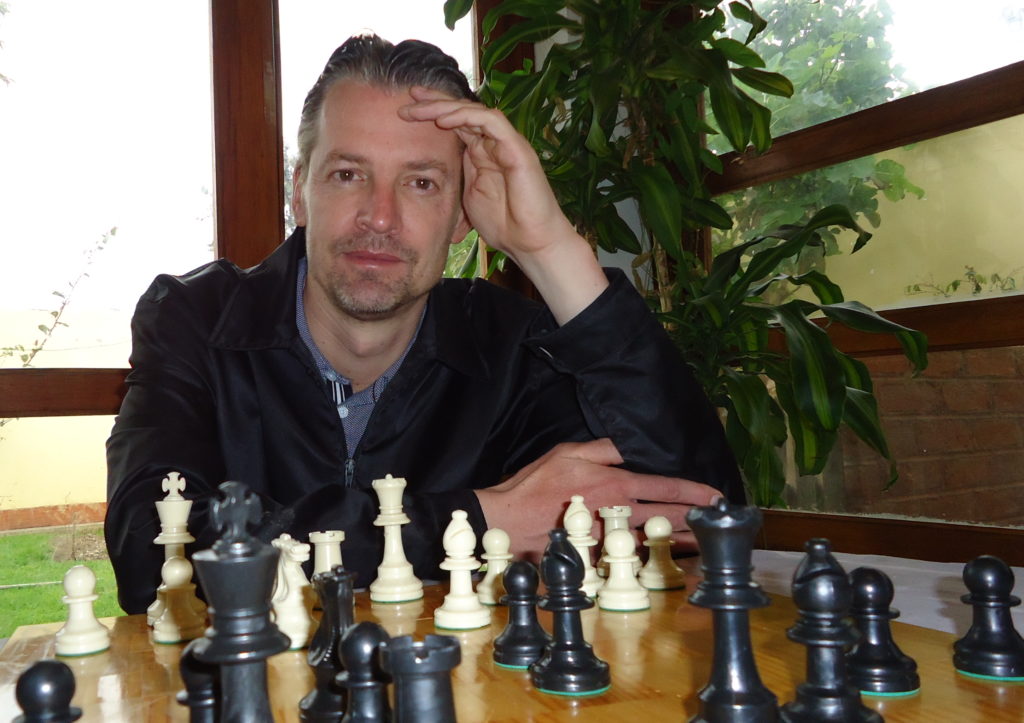
Born in 1975 in Malmo, Sweden. Learnt chess at 6 from his father. Swedish U13 Champion in 1988, Swedish U20 Champion in 1991. IM in 1995, GM in 2004. Best achievements include 1st place at Copa Entel (Santiago, Chile) in 2005 and Swedish Champion in 2006, alongside a gold medal in the European Team Championship (Pula, Croatia) in 1997 and a bronze medal in the same event (Gothenburg, Sweden) in 2005. Represented Sweden in 3 Olympiads. Worked as a coach at Universidad de Tarapacá (Arica, Chile) in the years 2003-2007 and at Federación Deportiva de Chimborazo (Riobamba, Ecuador) in the years 2008-2022. A number of books published, collaborator at the US Chess School and at Magnus Chess Academy. Involved in training projects with the Swedish Chess Federation.
- Rock Solid Chess: Volume 2 - February 21, 2024
- Unsung Heroes of Chess - February 19, 2024
- Build Up Your Chess: The Fundamentals - February 7, 2024
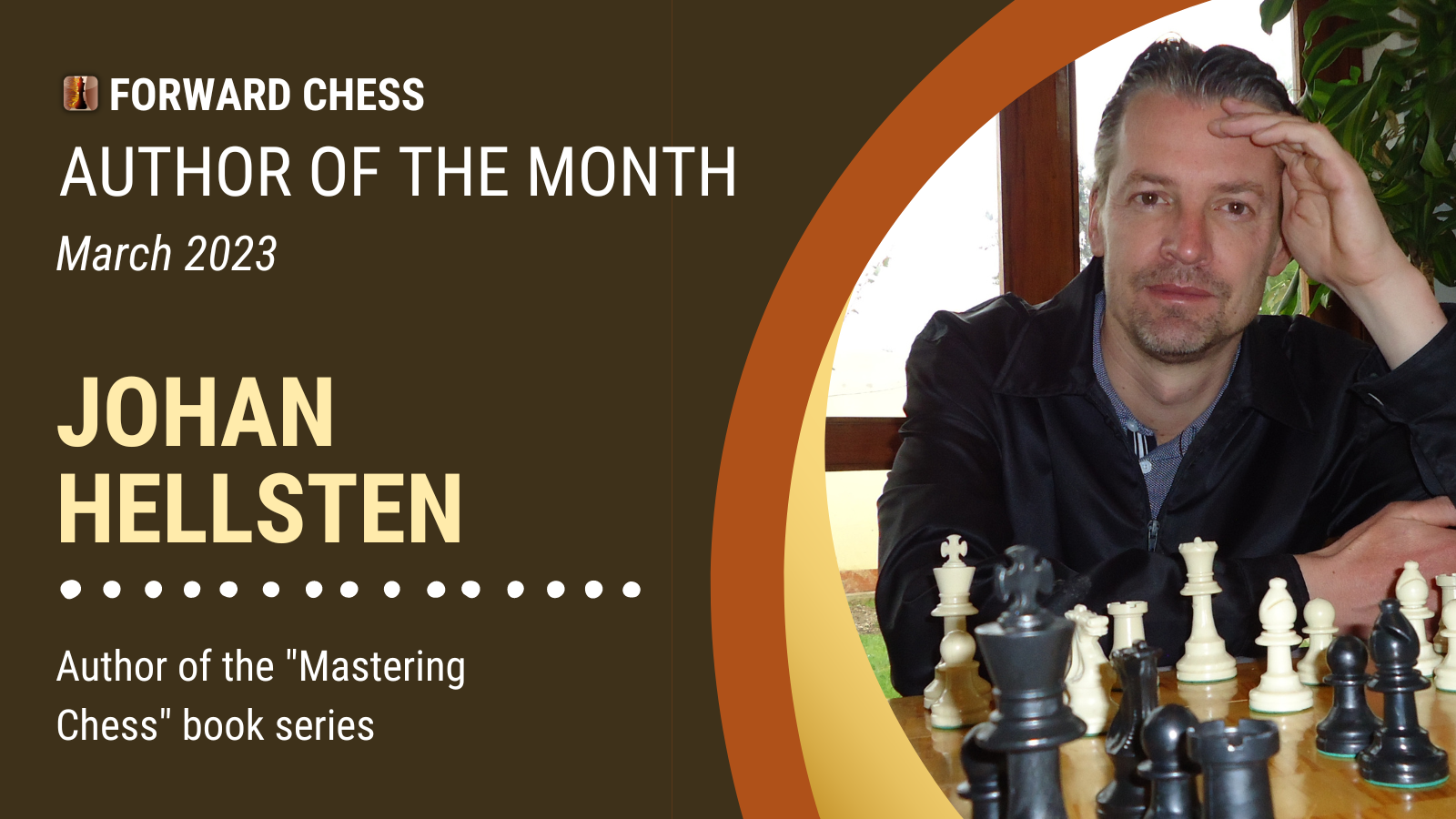
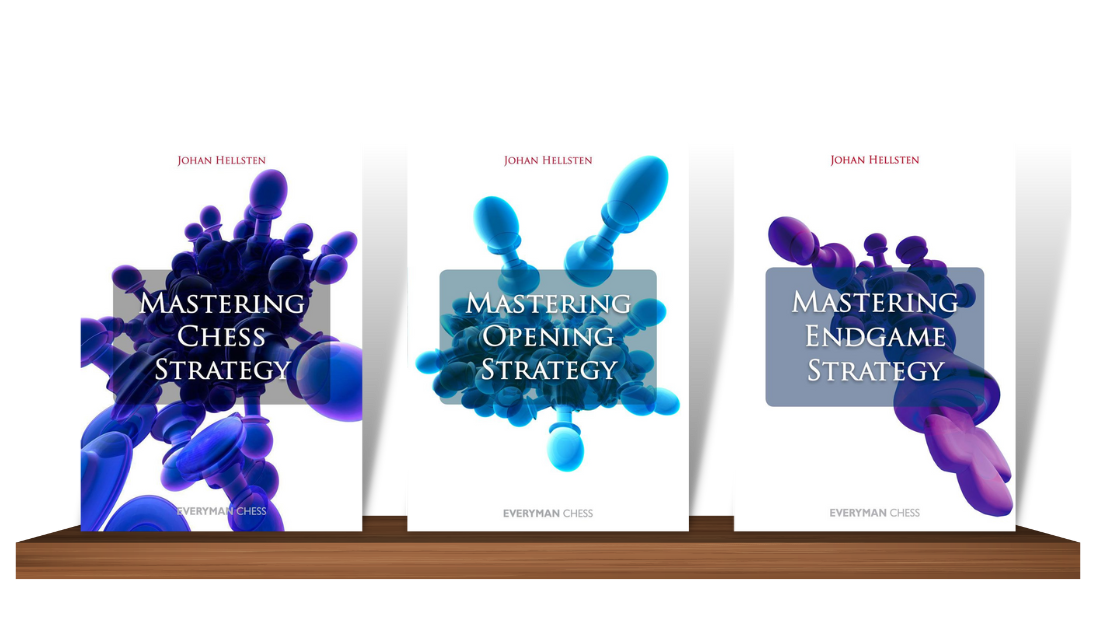
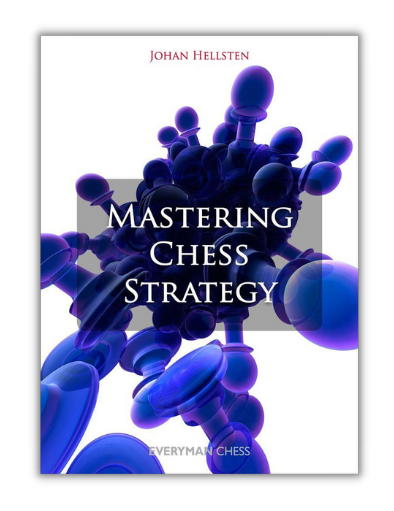
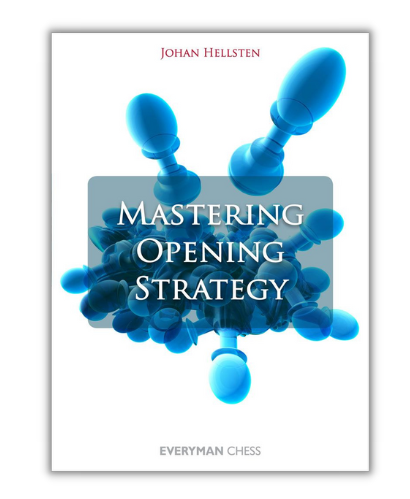

I have to say I’m disappointed. Johan Hellsten is supposedly the Author of the Month but his books were on sale for only a week?!
Hi Jakub! Hellsten is the author of the month, which is meant to promote him as an author, and not a month-long discount. However, you can use the coupon code HELLSTEN20 for 20% off of any of his Chess Strategy books.